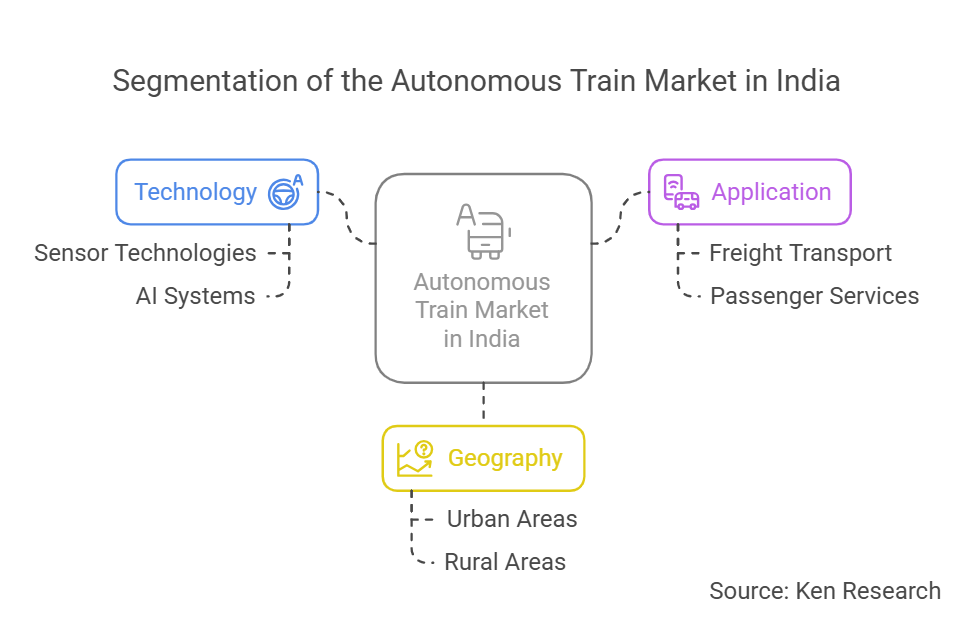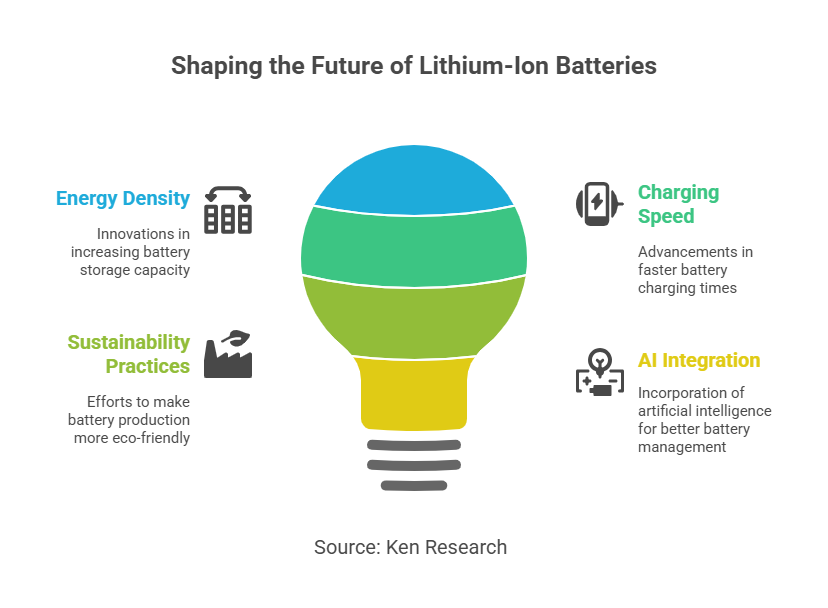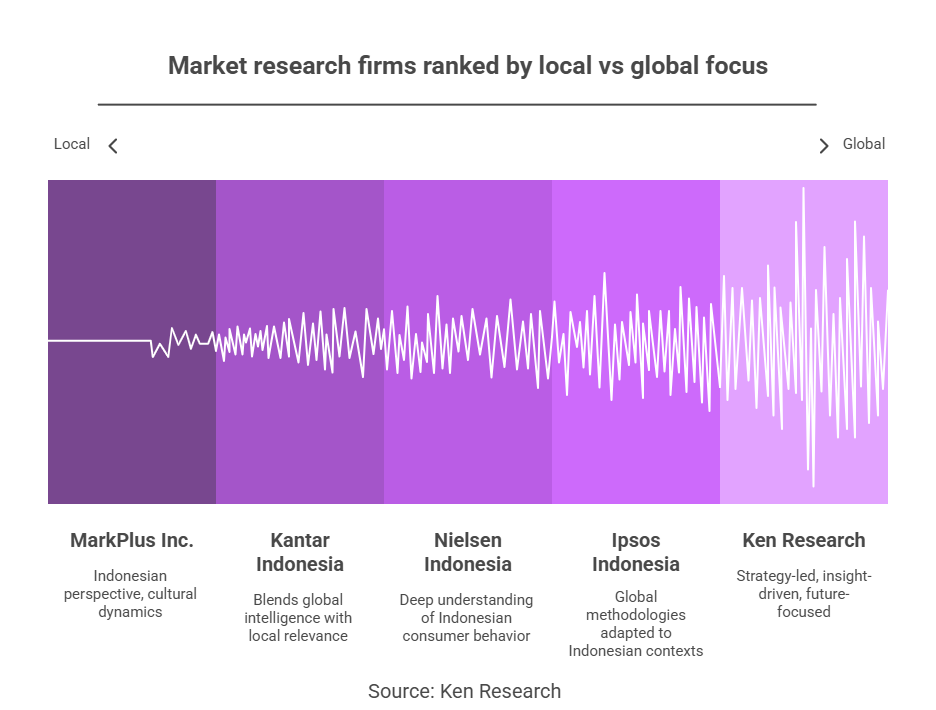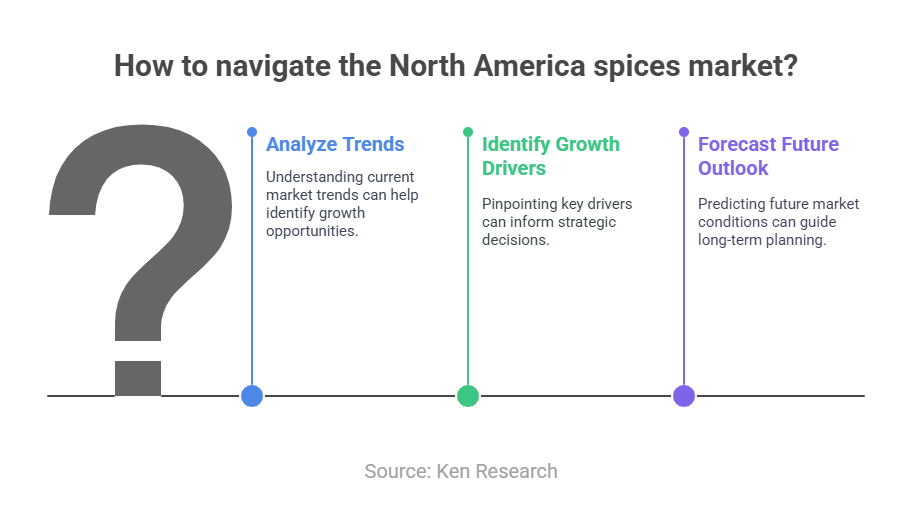A Comprehensive Analysis of India Autonomous Train Market Segmentation

Strong 8k brings an ultra-HD IPTV experience to your living room and your pocket.
The global transportation landscape is undergoing a significant transformation with the advent of autonomous technologies, and India is actively embracing this shift in its railway sector. As one of the world's largest railway networks, India is integrating autonomous train systems to enhance efficiency, safety, and passenger experience. This comprehensive analysis delves into the segmentation of the autonomous train market in India, exploring market dynamics, segmentation parameters, key players, and future prospects.
Market Overview
The global autonomous train market has been witnessing steady growth. In 2024, the market was valued at USD 13.6 billion and is projected to reach USD 18.9 billion by 2030, growing at a Compound Annual Growth Rate (CAGR) of 5.7% during the forecast period. While specific data on the Indian autonomous train market is limited, India's significant investment in railway modernization and automation indicates substantial potential for growth in this sector.
Market Segmentation
The autonomous train market in India can be segmented based on several parameters:
1. Grade of Automation (GoA)
The Grade of Automation defines the level of human intervention required in train operations:
- GoA 1 (Manual Train Operation): Trains are manually operated by drivers, with minimal automation.
- GoA 2 (Semi-Automated Operation): Trains operate automatically but require a driver to handle certain functions, such as door operations and emergency situations.
- GoA 3 (Driverless Train Operation): Trains operate without a driver, but staff may be present on board for passenger assistance and to handle emergencies.
- GoA 4 (Unattended Train Operation): Trains operate entirely autonomously without any onboard staff.
In India, the implementation of autonomous trains is primarily observed in urban metro systems, which are adopting higher grades of automation to improve efficiency and safety.
2. Train Type
Autonomous technologies are applied across various types of trains:
- Passenger Trains: These include urban metros and intercity trains that transport passengers.
- Freight Trains: Used for transporting goods, the freight segment represents a crucial component of the railway industry's automation journey, particularly in mining operations and long-distance cargo transportation.
In India, the focus has been predominantly on passenger trains, especially in metro systems, to cater to the growing urban population and the need for efficient public transportation.
3. Technology
The autonomous train market leverages various technologies to achieve automation:
- Communication-Based Train Control (CBTC): This technology holds a dominant position in the autonomous train market, commanding approximately 32% market share in 2024. CBTC systems enable railways to improve operational efficiency by maintaining optimal headways while ensuring maximum safety standards.
- European Train Control System (ETCS): A signaling and control component of the European Rail Traffic Management System, ETCS is designed to replace the many incompatible safety systems currently used by European railways.
- Automatic Train Operation (ATO): ATO systems automate train operations, including acceleration, braking, and stopping, enhancing efficiency and safety.
In India, the adoption of CBTC technology is prominent in metro systems, facilitating higher frequencies and improved safety.
4. Component
The autonomous train system comprises various components:
- Sensors and Cameras: These devices detect obstacles, monitor track conditions, and provide real-time data for safe operations.
- Software: Advanced algorithms and artificial intelligence are used for data processing, decision-making, and control functions.
- Services: This includes maintenance, upgrades, and other support services essential for the smooth functioning of autonomous train systems.
The autonomous train components market was valued at US$ 4.9 billion in 2022 and is estimated to advance at a CAGR of 15.8% from 2023 to 2031, reaching US$ 18.4 billion by the end of 2031.
5. Application
Autonomous train technologies are applied in various contexts:
- Urban Metro Systems: Cities like Delhi, Mumbai, and Bangalore have implemented or are planning to implement autonomous metro trains to enhance urban mobility.
- Long-Distance Railways: While still in nascent stages, there is potential for autonomous technologies in long-distance passenger and freight trains to improve efficiency and safety.
Key Players in the Indian Market
Several global and local companies are involved in the development and implementation of autonomous train technologies in India:
- Alstom: A global leader in rail transport, Alstom has been involved in supplying metro trainsets equipped with advanced automation technologies to various Indian cities.
- Siemens: Siemens provides signaling and automation solutions for Indian railways and metro systems, contributing to the advancement of autonomous train operations.
- Bombardier Transportation: Now a part of Alstom, Bombardier has supplied metro trainsets with automation features to Indian metro projects.
- BEML Limited: A local manufacturer, BEML has been producing metro coaches with automation capabilities for various metro projects in India.
Future Prospects
The future of autonomous trains in India looks promising, with several factors contributing to their growth:
- Urbanization: The rapid urbanization in India necessitates efficient and reliable public transportation systems. Autonomous metros and suburban trains can address the increasing demand for urban mobility.
- Safety Enhancements: Autonomous trains equipped with advanced safety systems can significantly reduce human errors, leading to fewer accidents and improved passenger safety.
- Technological Advancements: Continuous advancements in artificial intelligence, machine learning, and sensor technologies are making autonomous train operations more reliable and efficient.
Conclusion
The India autonomous train market is on a transformative path, integrating cutting-edge technologies to modernize railway operations and enhance efficiency, safety, and reliability. With urbanization accelerating and the demand for seamless transportation rising, autonomous metro systems in cities like Delhi, Mumbai, and Bangalore are leading the charge.
However, the transition to full automation requires significant investment, technological advancements, and policy support. Challenges such as infrastructure limitations, cybersecurity risks, and high implementation costs must be addressed to unlock the full potential of autonomous train systems in India.
The future of India's railway industry is set to be smarter, safer, and more efficient with autonomous train technology, paving the way for a high-tech, sustainable transport ecosystem. Stakeholders, including government agencies, private players, and technology providers, must collaborate to accelerate this transformation and redefine India’s transportation future.
Note: IndiBlogHub features both user-submitted and editorial content. We do not verify third-party contributions. Read our Disclaimer and Privacy Policyfor details.







